Change in Science
Change is a fundamental concept in science that refers to any alteration in an object or system. In the natural world, change is constantly occurring, and understanding the various types of change is crucial in scientific study.
Types of Change
- Physical Change: This type of change involves a transformation in the physical properties of a substance without altering its chemical composition. Examples include changes in state (e.g., melting, freezing) and changes in shape or size.
- Chemical Change: Chemical change occurs when the substances involved in a reaction are transformed into new substances with different chemical compositions. Common indicators of a chemical change include the release of gas, color changes, and the production of heat or light.
- Biological Change: This refers to changes that occur in living organisms, such as growth, development, and reproduction. Biological changes are essential for the survival and adaptation of species.
- Environmental Change: Environmental changes encompass alterations in the natural surroundings, including changes in climate, ecosystems, and geological features. These changes can have significant impacts on the planet and its inhabitants.
Studying Change in Science
When studying change in science, it is important to observe, measure, and record the changes that occur. This can involve conducting experiments, making observations in the natural world, and analyzing data. Additionally, understanding the factors that influence change, such as temperature, pressure, and time, is crucial for a comprehensive understanding of scientific phenomena.
Study Guide
As you explore the concept of change in science, consider the following questions:
- What are the differences between physical and chemical changes? Provide examples of each type of change.
- How do living organisms undergo biological changes throughout their lifecycles? Discuss the processes involved in growth and development.
- What are some examples of environmental changes and how do they impact the natural world?
- How can you design an experiment to investigate a specific type of change, such as the effect of temperature on physical changes?
By delving into these questions and exploring real-world examples, you can deepen your understanding of change in science and its significance in the world around us.
[Change] Related Worksheets and Study Guides:
.◂Science Worksheets and Study Guides Seventh Grade. Bacteria and Viruses
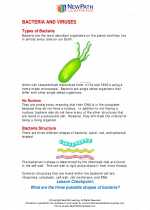
 Activity Lesson
Activity Lesson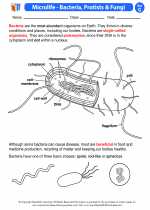
 Worksheet/Answer key
Worksheet/Answer key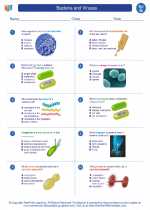
 Worksheet/Answer key
Worksheet/Answer key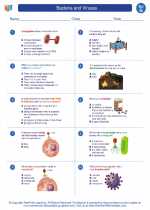
 Worksheet/Answer key
Worksheet/Answer key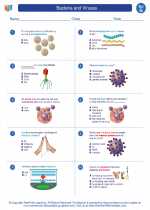
 Worksheet/Answer key
Worksheet/Answer key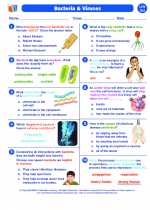
 Vocabulary/Answer key
Vocabulary/Answer key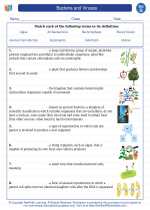
 Vocabulary/Answer key
Vocabulary/Answer key
 Vocabulary/Answer key
Vocabulary/Answer key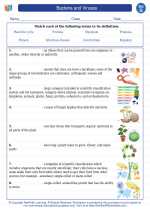
 Vocabulary/Answer key
Vocabulary/Answer key
